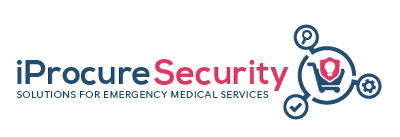483Terms
Help to improve our database
We are continuously collecting common terms used by the Emergency Medical Services practitioners across Europe. Help us improve our content and fill out the online form. If you are not able to find what you are looking for, please let us know by sending us a message through our contact page.
Your feedback is important for us and it will be fed into our Database for the EMS glossary.
Add new EMS termTo unify the communication and knowledge exchange between the emergency medical teams across Europe iProcureSecurity seeks to translate the identified EMS terms in all consortium languages.
That is why the project encourages everyone willing to contribute, to suggest and add missing terminology translation.
Add new translationiProcureSecurity Glossary
Highest level of general development, as of a device, technique, or scientific field achieved at a particular time.
Metrics determined at an organisational level to enhance transparency for key stakeholders, balance or qualify ‘core’ metrics, or to focus on shorter term objectives or issue
A cerebrovascular disease. This means that it affects the blood vessels that feed the brain oxygen. If the brain does not receive enough oxygen, damage may start to occur. This is a medical emergency. Although many strokes are treatable, some can lead to disability or death.
Removal of material through the use of negative pressure.
A condition in which the heart suddenly and unexpectedly stops beating. If this happens, blood stops flowing to the brain and other vital organs. SCA usually causes death if it's not treated within minutes
A person or organization responsible for delivering goods or services, that meets the clients requirements and within a specified time and period.
Collaboration between the Trust and the supplier to improve performance, and / or capabilities for long-term benefit
The integration of business processes from supplier to end user that provides products, services and information that add value
A supply chain is a system or network of organisations, people, technology, activities, information and resources involved in moving a product or service from supplier to the end user.
Drones which are capable of highly advanced surveillance of carrying various types of equipment including live-feed video cameras, infrared cameras, heat sensors, and radar.

